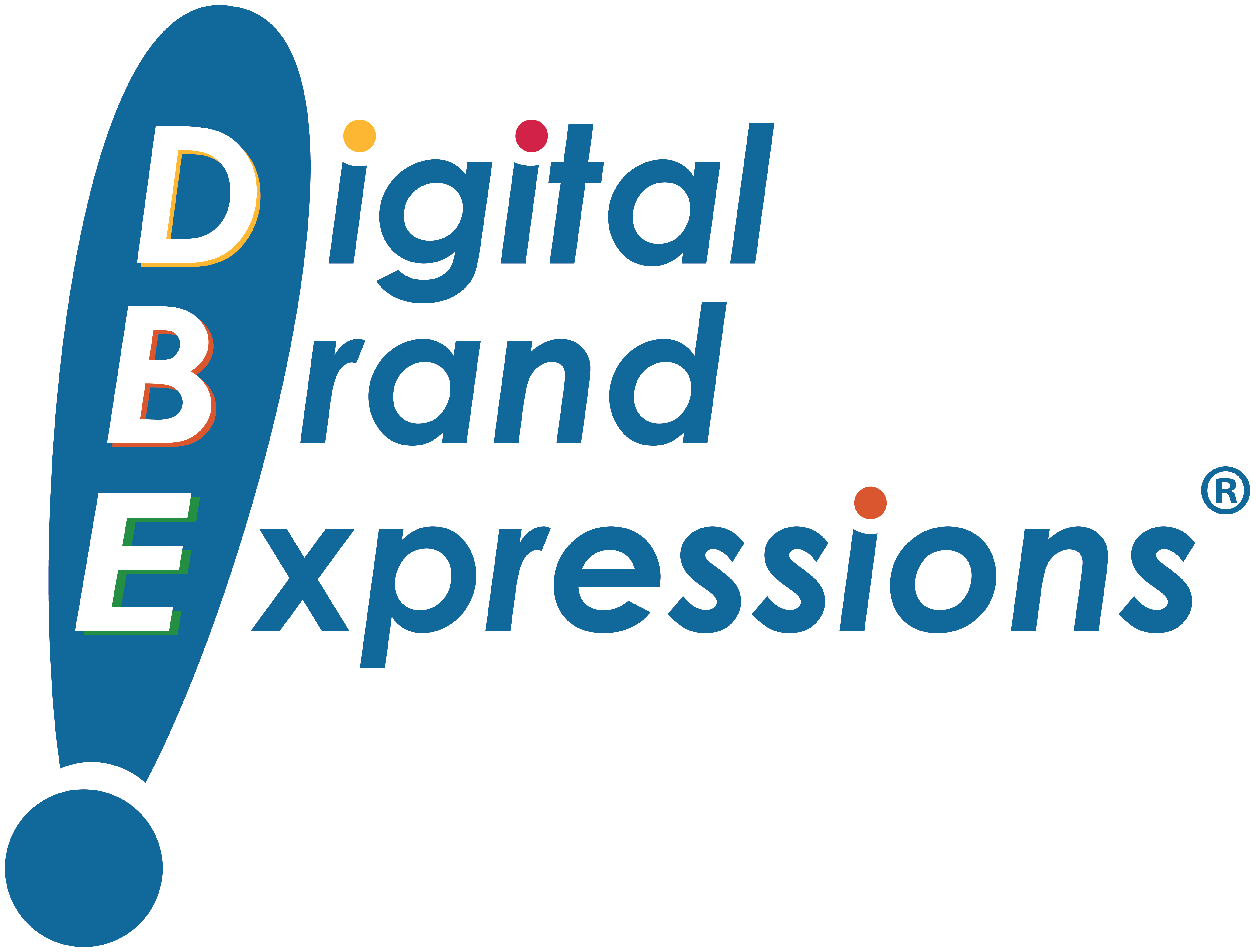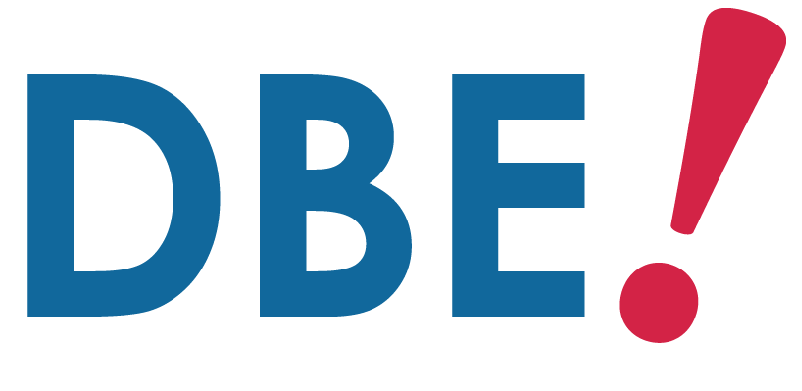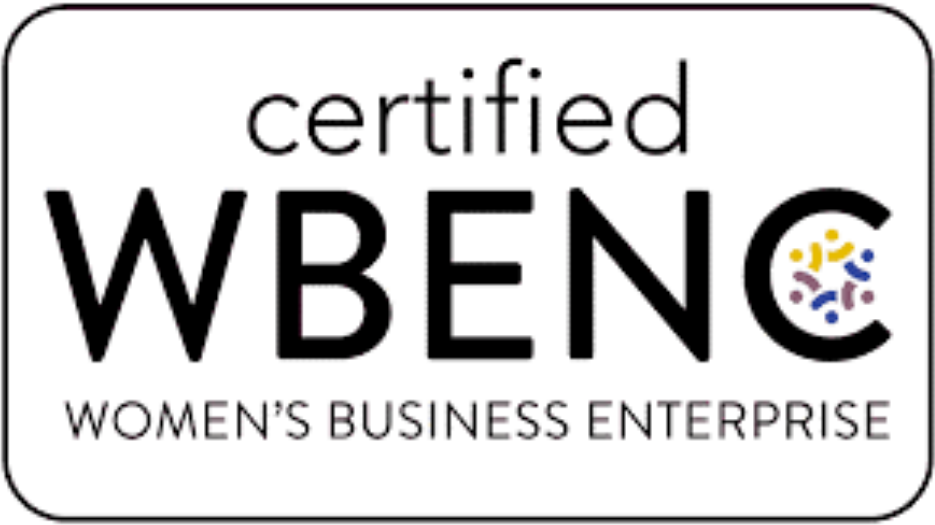Question: What’s the one thing you often hear senior executives say about digital marketing that’s both true and false at the same time?
Answer: That it’s easily measurable for ROI.
How is that both true and false?
The true part: Capturing data is technically easy – if it’s tag-able, it’s trackable.
The false part: Attributing the data for actionable insights and real ROI analysis isn’t easy – it’s hard. This is especially the case when working on integrated digital marketing programs and/or campaigns that have both digital and non-digital conversion points.
For example, let’s look at what one would think is the relatively simple and easy task of ROI tracking for an average e-commerce website. Below is a snapshot of a Google Analytics Multi-Channel Funnels Assisted Conversions Report for a client that has an integrated SEO, Paid Search, Paid Social, Organic Social and Email digital marketing strategy:
As you can see in the chart, Direct and Referral Channels are delivering the majority of last click conversions and revenues for the selected time period but, proportionately, Paid Search, Social, Organic Search and Email are all delivering more “assisted conversion” value (as shown in the last column).
This then leads to the question of measuring ROI – does it make marketing sense to hold each channel individually accountable on a strict ROI basis if the integrated program as a whole is delivering solid ROI? I would argue in a Spock-ian paraphrase: “The ROI of the many outweigh the ROI of the one.”
Now let’s look at a more complex B2B situation with the goal of driving sales lead contacts via an integrated SEO and Paid Search strategy. Here is an Assisted Conversions Report for this client:
Again, Direct drives the most last click conversions but Organic Search and Paid Search drive double the amount of assisted conversions.
But wait, it gets even more complicated when you dig deeper into the website analytics and see a Funnel Visualization Report shows only 6% of visitors who got to the Contact Us form page actually converted.
What happened to the hundreds of other visitors who went to the contact form page? Did they actually take the faster route of calling the phone number prominently positioned on the Contact page instead of taking the time to fill out the form? We don’t know if call tracking data isn’t in place and can’t be added to the data mix.
So the Assisted Conversions data (which doesn’t include any phone contact conversions) is likely under-reporting total conversions and can only be viewed as a directional indicator.
The good news in this case is we can look at what channels visitors used to get to the website and then on to the contact page as illustrated in the following chart:
Here we see that Organic Search drove a lot more visitors to the contact page than Direct and, combined with Paid Search, was responsible for over 70% of all contact page views.
Clearly, these channels are a very important part of the website performance and thereby the integrated marketing program should be credited with driving ROI value directionally.
Bottom line, attributing ROI value to integrated digital marketing programs that have multiple conversion points (digital and traditional) is harder than it looks. It requires planning and baselining from the very beginning to ensure all the various data sets are being captured and similarly integrated through analysis to gain actionable insights and prove ROI success.






